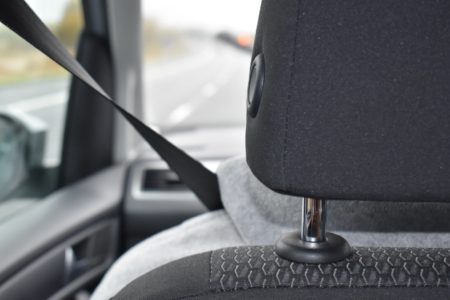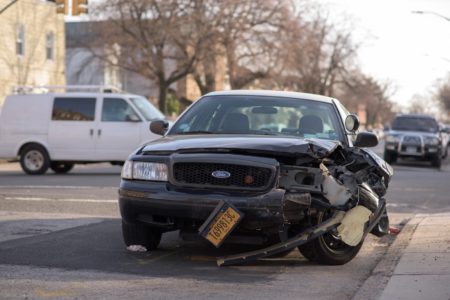By Emily C.
“Look both ways when you cross the street!” is a phrase we have all been familiar with since we were little. Seems pretty simple. But the statistics for pedestrian injuries and fatalities is high even knowing this simple task. Approximately 4100 pedestrians died in the US in 2009 – that’s one every 2 hours! And pedestrian injury occurred every 9 minutes!
It has always been encouraged for people to be outside and get active – walking, running, jogging, hiking, walking to destinations rather than using a car, etc. But that means that as a pedestrian, you need to be extra vigilant about safety and being seen. They are everywhere too! No matter where we are, we will always come across pedestrians. Most pedestrian injuries and deaths occur at night (because they are not seen), and in urban cities, but surprisingly enough not as much at intersections (only about 1 in 4).
There are 3 main groups that are at higher risk for pedestrian injury and death. They are children, adults over the age of 65, and pedestrians who are alcohol-impaired. Older people have slower reflexes, generally tend to move slower, and if hit by a vehicle, take a longer time to recover and regenerate from the trauma of the injury. With children, they are not adept at judging the speed and distances of vehicles, and they are much harder to be seen as they are shorter. Approximately 630 pedestrian children die in the US each year. 50% of pedestrian deaths are from alcohol-impairment in the driver and/or pedestrian.
Crossing the street at cross walks is a lot safer even though there are more cars around, because that’s actually where cars expect you to be. But, just because the walk sign gives you the okay to go does not mean it is 100% safe. You need to make eye contact with the driver so they know you’re walking because they may be not be able to see you if you’re in their blind spot, they could be texting, not paying attention to what is ahead of them, etc. Always walk on the sidewalk if there is one available, and if not, walk facing/towards oncoming traffic. This is so that they can see you and you can see them, and actions of both parties can generally be anticipated.
Almost 70% of pedestrian deaths occur at night because people do not wear reflective clothing or gear, and cars are not expecting someone to be there if they aren’t seen. This is then exacerbated if someone decides to j-walk at night, cross when the stop sign is showing, run across the road, etc. Many people think that white clothing will suffice as a visible means, but just because it is brighter than dark clothing does not mean it reflective and visible. Always wear reflectors and reflective clothing!




